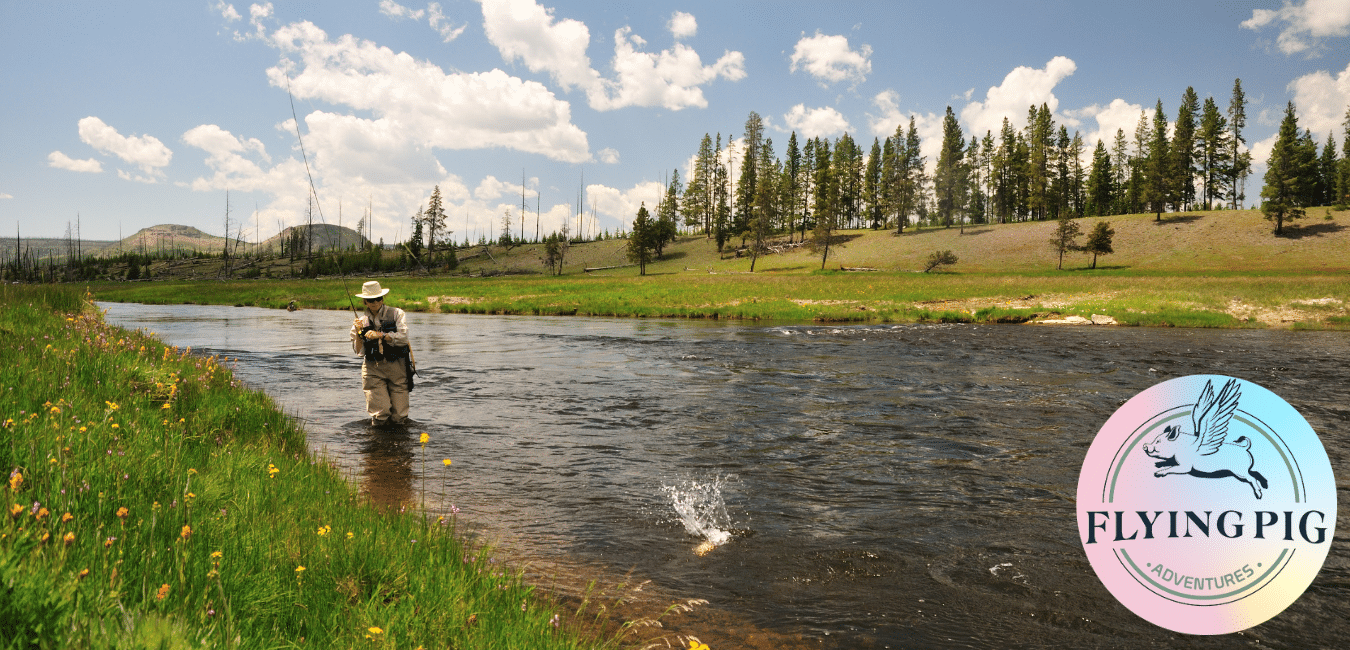
We are very fortunate to be able to call the Yellowstone River the “home river” here at the Flying Pig. The Yellowstone River provides recreational opportunities in abundance; from rafting and kayaking its thrilling whitewater through Yankee Jim Canyon, to fly fishing Yellowstone in the shadows of Electric Peak for trophy cutthroat, rainbow, and brown trout on big, bushy dry flies. Its recreational opportunities abound; however, the significance of this River goes far beyond great Yellowstone whitewater rafting and fly fishing.
The Yellowstone’s headwaters are located right in the very heart of the Nation’s first National Park at Yellowstone Lake. From here, the River begins its wild and untamed journey nearly 700 miles until it meets up with the mighty and fabled Missouri River near Williston, North Dakota. There is abundance in between.
In the Park, the River changes shapes many times over. From its pristine headwaters at Yellowstone Lake, the Yellowstone River flows north through the Park, and up through Hayden Valley in the form of a peaceful, meandering river. Here, it’s cold, clear waters are home to the native Yellowstone cutthroat trout and are one of the most prolific trout fisheries in the lower 48. Otters, Eagles, Osprey, Grizzly, and Black Bear all benefit from the rich waters of this stretch of river that flows through what has been described as North America’s “Serengeti”. Here, Park visitors will see Bison in vast numbers, as well as Elk, coyotes, bears, and even wolves.
From Hayden Valley, the Yellowstone River transforms from its more tranquil state to a tribute to all the force Yellowstone has to offer in the Upper and Lower Falls and the Grand Canyon of the Yellowstone. The Spring snowmelt brings the Yellowstone’s watersheds to their full capacity and currently the Yellowstone River sends over 60,000 gallons/second violently cascading over a combined 417 Feet and into Yellowstone’s Grand Canyon. Rudyard Kipling visited Yellowstone in 1899 and recounted the following in his journals after witnessing the majesty of the Falls:
“All I can say is without warning or preparation, I looked into a gulf 1,700 feet deep with Eagles and Fish Hawks circling far below. The sides of that gulf were one wild welter of color— crimson, emerald, cobalt, ochre, amber, honey splashed with port wine, Snow White, vermillion, lemon, and silver-gray in wide washes. So far below that, no sound of its strife could reach us. Now I know what it is to sit enthroned amid the clouds of sunset.”
From the Falls, the Yellowstone River twists and turns North, and continues its journey through the Park. It is joined along the way by the likes of the Lamar River, Tower Creek, Blacktail Deer Creek, Lava Creek, Hellroaring Creek, and the Gardner River at the Northern Boundary of the Park. The Yellowstone continues its journey through Paradise Valley and lives up to its reputation as a blue-ribbon trout river through this stretch. During early July, this section of the river is home to a prolific salmon fly hatch that brings anglers from all over hoping to catch that trophy trout anxious to guzzle a size 10 salmon fly imitation.
The Yellowstone continues to meander North through Paradise Valley and makes a sharp 90-degree turn East in Livingston, Montana, and continues its flow to Billings, MT, Miles City, MT, and on to its confluence with the Missouri River near Williston, ND. It was here that Lewis and Clarke first encountered the Yellowstone River in the Spring of 1805. Upon Lewis’ initial impression of the Yellowstone, Lewis recounted the following:
“The whole face of the country was covered with herds of buffalo and Elk & Antelopes; deer are also abundant but keep themselves more concealed in the woodland. The buffalo Elk and Antelope are so gentle that we pass near them while feeding, without appearing to excite any alarm among them, and when we attract their attention, they frequently approach us more nearly to discover what we are.”
From looking at the map, the Yellowstone River’s journey appears to end once it meets up with the Missouri River, however, this journey is far from over. Water that began in the high alpine of Yellowstone National Park eventually makes its way all the way to the Mississippi River and to the Gulf of Mexico.
This amazing River is one that has so many stories to tell, and we at the Flying Pig feel very fortunate to be able to have the connection that we do to the Yellowstone River. Whether it’s rafting, fly fishing or horseback riding near Yellowstone; we hope that travelers will allow us to share our passion with them on their next trip to Yellowstone Park!
